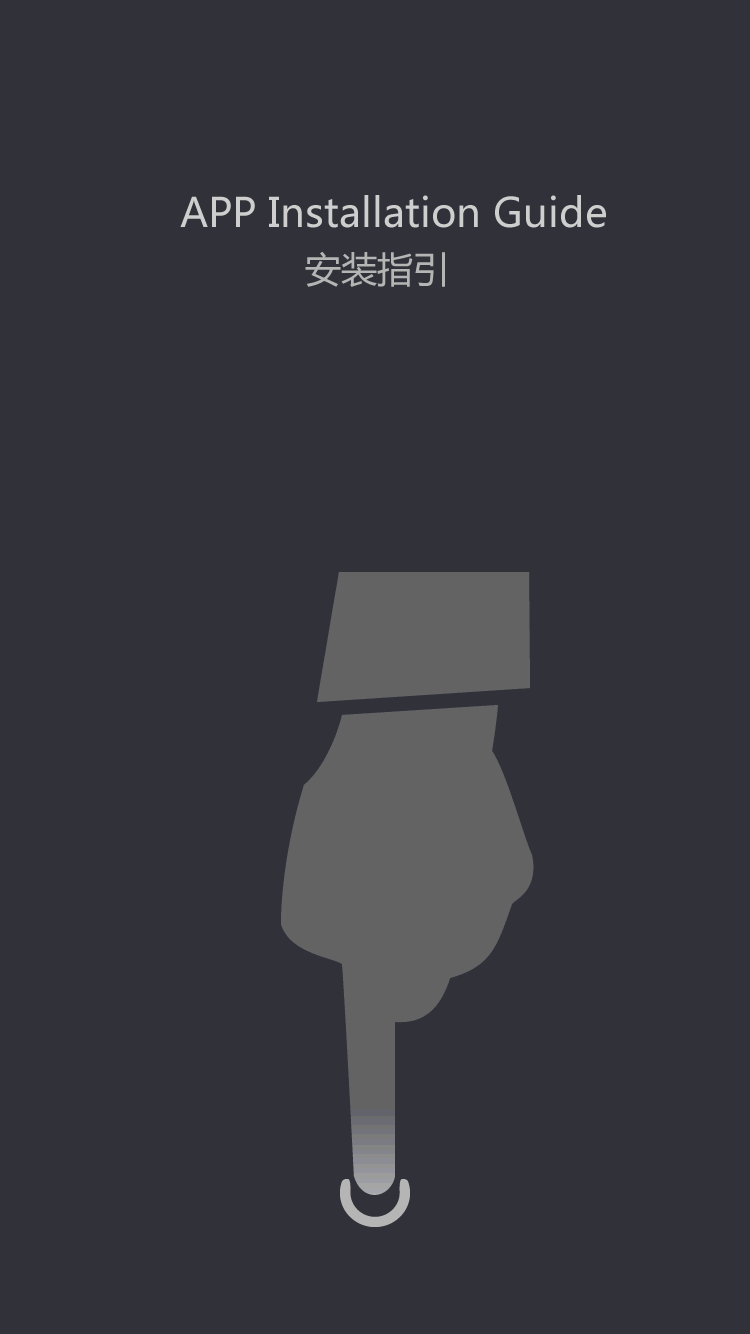Splice Closures For Fiber To The Home
Probably no fiber optic part has been given higher attention than connectors. Manufacturers have come up with over eighty types of connectors and a couple of dozen alternative ways to install them. There are only two forms of splices but quite a few ways of implementing them. Fortunately for both producers and installers, just a few forms of either are the ones used for most functions. Splices are thought-about everlasting joints and are used for becoming a member of most outside plant cables. Fusion splicing is most widely used as it provides for the bottom loss and least reflectance, as well as providing probably the most reliable joint. Mechanical splicing is used for temporary restoration and for most multimode splicing.
It was really a mechanical splice, the place fibers had been held contained in the connector with a tiny screw-tightened chuck. The nostril piece was spring-loaded, allowing exposing the fiber for cleaving and mating with a small plastic lens in a mating adapter. The mating adapter additionally had index-matching fluid to reduce loss nevertheless it was a mud downside. Choosing a connector sort for any set up should contemplate if the connector is suitable with the techniques deliberate to utilize the fiber optic cable plant, if the termination process is acquainted to the installer and if the connector is acceptable to the customer. If the techniques are not but specified, hybrid patchcords with different connectors on each end could also be necessary. If the installer isn't conversant in connector installation, training may be necessary.
The 4 connectors shown at left present how fiber optic connectors have developed. The bottom connector is a Deutsch a thousand, the primary commercially-out there fiber optic connector.
A rough surface will scatter light and dust can scatter and take in mild. Since the optical fiber is so small, typical airborne dust could be a major source of loss. Whenever connectors are not terminated, they need to be covered with dust caps offered by the manufacturer to protect the end of the ferrule from filth. One should never contact the end of the ferrule, since the oils on one's skin causes the fiber to attract dust. Before connection and testing, it is advisable to clean connectors with lint-free wipes moistened with isopropyl alcohol or special dry fiber cleaners.
And typically, the person may have been bought on a connector sort that is not perfect for the installation, so the installer should discuss the merits of other types earlier than committing to the project. Different connectors and termination procedures are used for singlemode and multimode connectors. The limited decision of the OTDR means that it can't be used to verify the splices used to terminate fibers with pigtails, but a visual fault locator can be used to verify these splices near the ends of the cable. Care should be taken when arranging fibers and splices in splice trays and buffer tubes in the splice closure to prevent stress on the fibers.
Arranging fibers inside splice trays may require twisting the fiber however following the closure producers directions will minimize the stress on the fiber. Often the fibers are broken as the trays and closure are assembled or re-entered for troubleshooting and repair. Cables must be secured to the splice closure and sealed correctly. Generally free tube cables may have the tubes extending from the doorway of the closure to the tray, where they are secured, then approximately 1 meter of naked fibers are organized within the tray after splicing. Care have to be taken to properly bond electrical conductors such because the armor on some cables or middle metallic strength members to the closure and at each end. The end of the fiber must be correctly polished and clear to attenuate loss.


































![[Dry Goods] how to avoid electrode rod after fusion black?](https://img5811.weyesimg.com/uploads/tumtecchina.com/images/15840915146146.jpg?imageView2/2/w/1920/q/100/format/webp)







































